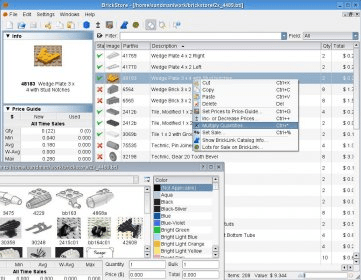

If a changeup is dead-straight, being closer to a 12% reduction is ideal (79mph off a 90mph fastball). But, a -8% changeup must have tremendous movement to be effective.įor all other changeups, as movement decreases, speed change must proportionally increase. For a pitcher who throws 90mph, this is about 7mph off, or 83mph. The basement of speed change is about 8%. The more speed we remove, the more the pitch must deviate from a fastball’s initial trajectory, thus making it look less like a fastball out of the hand. When these harder breaking pitches finally do move off the fastball’s path, it makes them appear to break more suddenly, sharper, which in turn makes them more difficult to square up.
:max_bytes(150000):strip_icc()/TEFview-3c7dd655b43f4405830c1c53eb53b66c.jpg)
When a pitch is thrown harder, it flies longer along the same trajectory as a fastball. Essentially, it’s no different than a slider or cutter Think about Noah Syndergaard’s extra-hard “slider,” and how hard it is to hit. The answer depends on the other big half of the equation: movement.įrom my years pitching professionally, my experience has been that the more movement a changeup has, the harder it can be thrown. Pitchers want to create as many variables as possible to prevent the hitter from getting barrel to ball. When the hitter’s brain must deal with both speed change and movement away from the initial trajectory of the pitch, the likelihood of weak contact increases. The end goal, rather, is a mis-hit or swing and miss. Though a straight change perhaps looks exactly like a straight fastball (thus making it very deceptive), pure deception isn’t the end goal. If all other parameters are equal, a pitch that has movement is harder to hit than a pitch that is straight. Let’s consider the following: Straight or Moving? Watch the short video below to see what I believe is the modern changeup: James Shields is one of the best examples. A combination of arm-side movement, known as “run,” and sinking movement.Speed reduction of 8-12% (miles per hour value varies depending on fastball velocity).Excellent arm speed that appears identical to the fastball.The best changeups feature the following: Most people just aren’t on board with this yet. Let’s clear it all up.įirst, let’s get it straight: a changeup does have a defined set of characteristics, and not all grips are created equal. There’s too many questions, too much confusion with the changeup. Which version is best? What type should a young pitcher aim to develop?Īnd, what grip will get him there? Circle change? Vulcan change? “Fosh” changeup? Hook ‘em horns grip? Three-finger? Palm ball? Or, if all else fails, we can just say screw it and just throw a splitter that’ll work as a poor-man’s changeup. And, how about some arm-side run? That’s always a plus. Pull the string! But what about James Shields’ heavily-sinking changeup? Sink is good, right? He strikes out right-handers regularly with that thing. Straight changeups are sooooo old-school.

But, how much slower? Six miles per hour? Eight? 10? 12? And, straight? This is likely the only thing changeup throwers all agree on. The changeup, for no good reason, is confused. The grip might differ slightly, but the way spin is applied, which may be the biggest factor in throwing a breaking pitch, is largely the same. The changeup is the most historically misunderstood baseball pitch.ĭespite slight differences in grip, most other pitches are thrown in the same way across pitchers.Ī slider has defined spin, a mixture of bullet-spin, forward and side spin that creates a visible red dot.Ī curveball has defined spin, topspin moving in a 12-6 or 1-7 orientation with as true a spin axis as possible.


 0 kommentar(er)
0 kommentar(er)
